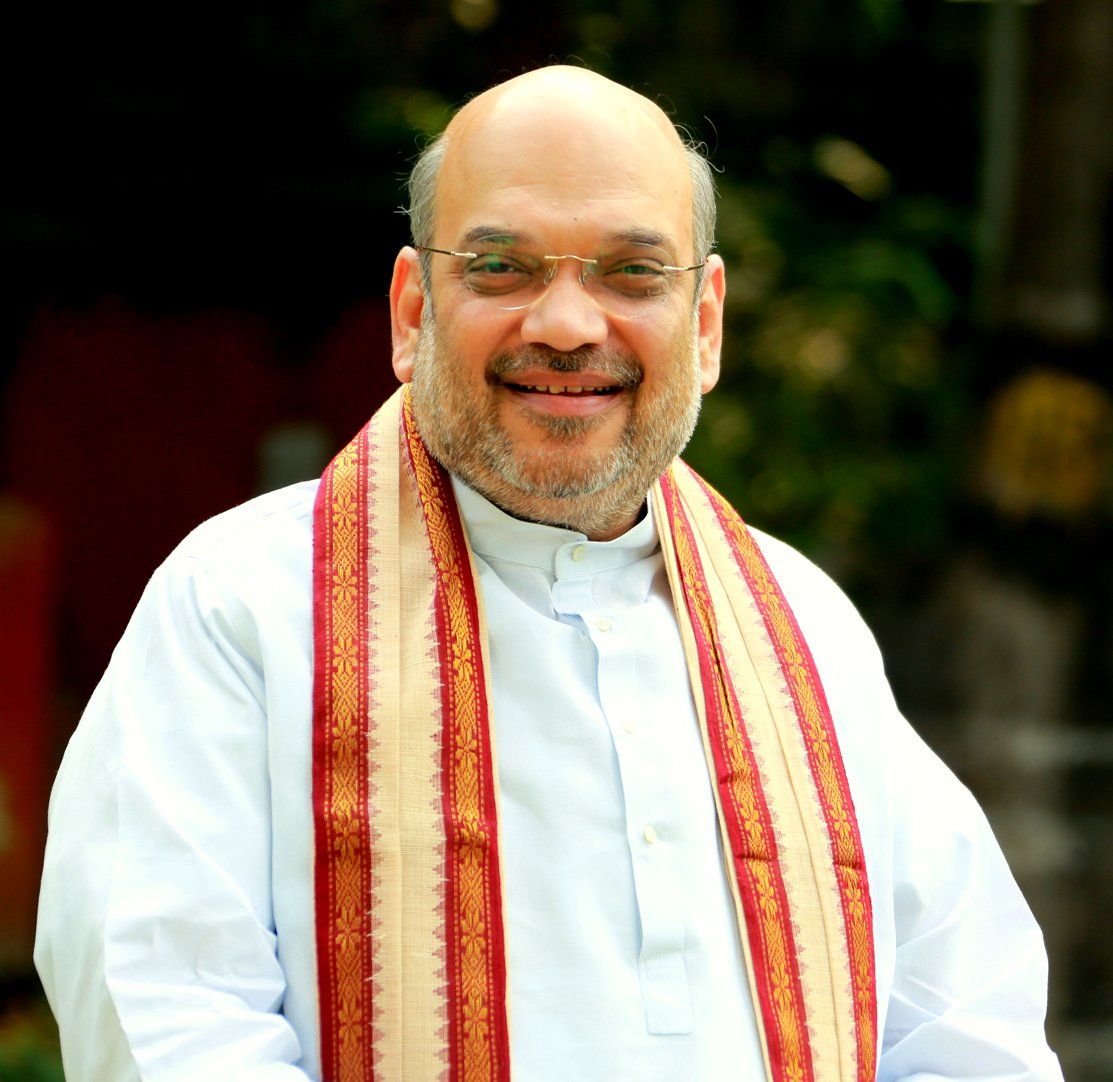Was The Shah A Good Leader - Unpacking Iran's Past
When we look back at the history of Iran, one figure often comes up in conversation: the Shah. People have very different ideas about him, and whether he was a good leader is something folks still talk about quite a bit, you know? It's a really interesting question, especially when you think about all the changes Iran went through during his time.
His rule was a period of big shifts for the country, bringing about lots of new things, but also causing quite a bit of disagreement and unhappiness for many. It was a time of both moving forward and, in some respects, facing a lot of pushback. So, trying to figure out if he was a "good" leader means looking at all these different sides of the story.
To really get a feel for his impact, we have to consider what he aimed for, how he went about things, and what came of it all. It's about seeing his time in power not just as one thing, but as a mix of many different forces at play, which is that, a pretty complex picture.
- Joan Rivers Brigitte Nielsen
- Is Lena Miculek Still Married
- Jameliz Smith Threesome
- Xxx Preet Jatti
- Is Chelsea Swift Married
Table of Contents
- The Man Behind the Crown: A Look at Mohammad Reza Pahlavi
- What Did the Shah Hope to Achieve for Iran?
- Was the Shah a Good Leader - A Vision for a Modern Nation
- How Did His Actions Shape Iran?
- Was the Shah a Good Leader - Transformations and Tensions
- Was the Shah Truly a "Western Puppet"?
- How Does His Rule Compare to What Came Before and After?
- Was the Shah a Good Leader - A Historical Lens
- What Kind of Leader Was the Shah, Really?
- Looking Back at the Shah's Time
The Man Behind the Crown: A Look at Mohammad Reza Pahlavi
Mohammad Reza Shah Pahlavi held the position of Iran's king, or Shah, for a long stretch, starting in 1941 and continuing until the big upheaval of the Iranian Revolution in 1979. He was, to be honest, the very last person to hold that title in Iran's long line of rulers. His personal qualities were, well, a bit of a mix; he was someone who wanted to make social improvements, a person with a rather grand view of himself, and, quite simply, a deeply conflicted man who led the country. So, his story is pretty interesting, you know?
His father, Reza Shah Pahlavi, was a big player in Iran's story too, really changing things by setting up the Pahlavi family's rule and helping to create the modern country of Iran as we know it. Reza Shah, the father, came into power after a sort of takeover in 1921. He really wanted to bring the country up to date, making it more secular and trying to give the government more say over religious ways of doing things. He even showed respect to Jewish people, which was, quite frankly, a pretty big deal for a monarch back then. So, the family had a history of trying to shake things up.
Iran, as a country, has a very, very old and often rough history, going all the way back to Cyrus the Great, who founded the first Persian Empire ages ago, around 550 BC. Since then, there have been so many different rulers, kings, and emperors. Mohammad Reza Shah was just one more in this long line, but his time certainly left a lasting mark, which is that, a lot to consider.
- Access Raspberry Pi Outside Local Network
- How To Make Fleshlight
- Gene Wilder Spouse
- Labia Tattooing
- Morgan Fille Lsu
Personal Details and Bio Data of Mohammad Reza Pahlavi
| Full Name | Mohammad Reza Pahlavi |
| Title | Shah of Iran (King) |
| Reign | September 16, 1941 – February 11, 1979 |
| Dynasty | Pahlavi Dynasty |
| Key Aims | Rapid industrial and military modernization, economic and social reforms, "Great Civilization" vision. |
| Overthrow | Iranian Revolution of 1979 |
| Successor | Ruhollah Khomeini (as leader of the Islamic Republic of Iran) |
What Did the Shah Hope to Achieve for Iran?
The Shah had a really big idea for Iran, something he called the "Great Civilization." This vision was the driving force behind his leadership, pushing for really quick changes in industry and the military. He also wanted to bring about big improvements in how the economy worked and in people's daily lives through various reforms. He truly believed Iran could be something much grander, a truly powerful nation, which is that, a pretty ambitious goal.
Honestly, when you look at the Shah and the people who were close to him, they seemed to have a much clearer idea of what they wanted for Iran compared to the government that came after them. There was a sense of direction, a definite plan for the country's path forward. It felt like they knew where they were going, or at least had a very strong idea, so.
Some folks really think that if the Shah had managed to stay in charge, Iran would have become a major player, not just in its own part of the world but on the global stage too. It’s a thought that crosses many minds, this idea of what could have been. But, you know, there’s also the feeling that the big decision-makers around the world might never have let that happen, which is, perhaps, a sad truth.
Was the Shah a Good Leader - A Vision for a Modern Nation
His push for a modern country was, in a way, a continuation of his father's efforts. Reza Shah the Great is still seen by many as a really important person in Iran's recent past, someone celebrated as a brave leader and a kind of savior for the country. He truly believed in making Iran a strong, independent state, and his son seemed to carry that torch, too. It was a time when Iran was trying to find its own way in a changing world, so.
The goals were clear: build up industries, strengthen the armed forces, and make life better for regular people through social programs. It was a vision of a powerful, up-to-date Iran that could stand tall on its own. This desire for progress was, for many, a reason to see him as a good leader, someone who wanted the best for his country, you know?
This vision, however, also meant making some big changes that rubbed certain groups the wrong way. But from the perspective of wanting a strong, modern nation, his aims were, quite literally, grand. He wanted Iran to be a force to be reckoned with, not just a bystander in world events, which is that, a very powerful desire.
How Did His Actions Shape Iran?
The Shah's time in charge brought about many important changes in politics, money matters, and how people lived their lives. But, it's also true that this period was marked by a lot of public unhappiness and people speaking out against him. His rule was, to put it mildly, quite a point of discussion, with a story shaped by both his efforts to modernize and his way of governing, which leaned towards being very controlling. So, there were two very distinct sides to his impact.
He tried to modernize the country in many ways, but these efforts often faced a lot of pushback from religious figures and other groups who spoke out against his methods. It was a constant struggle between moving forward with his plans and dealing with those who disagreed, which is that, a very common challenge for leaders.
The changes he introduced were, in some respects, quite sweeping, touching almost every part of Iranian life. From big building projects to changes in the legal system, his influence was felt everywhere. Yet, these very changes also sowed the seeds of the dissatisfaction that would eventually lead to the revolution. It was a complex dance between progress and discontent, you know?
Was the Shah a Good Leader - Transformations and Tensions
One of the big transformations under the Shah involved trying to make the country more secular, moving away from traditional religious ways of doing things. This meant challenging some long-held customs and trying to give the government more power over religious practices. For some, this was a necessary step for a modern nation, but for others, it felt like an attack on their beliefs and way of life, which is that, a very sensitive area.
His rule extended over a long period, and during this time, the country saw a lot of industrial growth and military build-up. He wanted Iran to be strong and capable, able to stand on its own feet. This push for strength, however, often came with a heavy hand when it came to dealing with dissent. People who spoke out or disagreed sometimes faced harsh consequences, which, quite honestly, created a lot of tension in the country.
So, while there was definite movement towards a more modern and powerful Iran, there was also a growing sense of unease and opposition. The transformations he brought about were significant, but they also created deep divisions within society, making his legacy a very mixed one. It's a bit like trying to build a tall building very quickly; you might get it done, but there could be cracks forming underneath, you know?
Was the Shah Truly a "Western Puppet"?
When people say the Shah was a "Western puppet," they're actually speaking a truth, especially when you look at the later part of his time in power. It's not a simple yes or no answer, but there's definitely evidence to suggest he was heavily influenced by Western powers, particularly the United States. This idea that foreign leaders are only really important to some Western countries if they either attack them or are replaced by someone worse, well, the Shah seems to fit into that latter group, you know?
His close ties with countries like the U.S. meant that he often had their backing, but it also meant that his decisions were sometimes seen as serving foreign interests more than Iran's own. This perception, whether fully accurate or not, really fueled a lot of the anger and resentment that eventually boiled over into the revolution. It’s a pretty common criticism leveled at leaders who have strong international alliances, so.
So, while he was trying to modernize Iran and make it a powerful nation, the idea that he was doing it under the guidance, or even the control, of Western nations was a big part of the criticism against him. This perception certainly played a role in how people viewed his leadership and, in a way, contributed to his eventual downfall. It’s a very complex part of his story, that.
How Does His Rule Compare to What Came Before and After?
When you put the Shah's time in charge up against what came before him, especially the 136 years of Qajar rule, it's pretty easy to see why many Iranians at the time thought he was doing a good job. The Qajar period was, quite frankly, a bit of a mess, with a lot of problems that left Iran in a difficult spot. Reza Shah, the father, is even credited with saving Iran from the disasters that the Qajars had caused. So, in that context, the Pahlavi era felt like a definite step up, you know?
Many people today would say that Iran would have been far better off under the Shah than it is under the current government, the Islamic Republic. While some might still argue he wasn't a "great" leader in their personal opinion, the comparison often leans in his favor when looking at the overall situation of the country. It's a very common sentiment among those who remember his time, or who have studied it, so.
However, there's also the thought that someone else, like Abdolhossein Teymourtash, might have been an even better leader than Reza Shah. This suggests that even within the context of the time, there were other possibilities and different paths Iran could have taken. It's a reminder that history is full of "what ifs," and leadership is rarely a simple matter of one person being the only choice, that.
Was the Shah a Good Leader - A Historical Lens
To truly get a sense of whether the Shah was a good leader, you really need to look at him through the perspective of the time he lived in, rather than comparing him directly to today's world. What was considered good or effective leadership back then might be viewed very differently now. For that particular time period, many would say he was, indeed, a good leader, you know?
His father, Reza Shah, was the first Iranian monarch in 1400 years who actually showed respect to Jewish people by praying in a synagogue when he visited the Jewish community in Isfahan. This kind of gesture, along with the modernization efforts, shows a leader trying to bring about a different kind of Iran, one that was perhaps more inclusive and forward-looking for its time. It was, in some respects, a significant shift in how rulers interacted with different groups, so.
The Iranian Revolution, which happened in 1979, was a series of events that ultimately led to the Pahlavi family being removed from power. This revolution brought about the Islamic Republic of Iran, with Ruhollah Khomeini, a religious leader, taking over from the Shah. This change marked a huge shift in Iran's direction, and it's something people still debate about, comparing the two very different ways of running the country, which is that, a pretty big historical event.
What Kind of Leader Was the Shah, Really?
When we piece together all the different accounts, the Shah, Mohammad Reza Pahlavi, comes across as a very complex person who wore many hats. He was, as we've heard, someone who wanted to make society better, a bit of a dreamer with a grand sense of himself, and, at his core, a man who felt deeply torn about things. These different aspects of his personality certainly shaped his rule, you know?
His efforts to bring Iran into the modern age were, quite simply, met with a lot of pushback. Religious leaders, along with other people who were speaking out for change, often criticized his plans. This opposition was a constant feature of his time in power, showing that not everyone was on board with his vision or his methods. It’s a pretty common story for leaders trying to bring about big changes, so.
So, instead of just asking if he was "good," it might be more helpful to ask what *kind* of leader he was. He was a leader who saw a powerful future for Iran, but he also used strong control to try and get there. He was a figure who aimed for progress but often clashed with traditional ways. His story is, in a way, a lesson in the difficult balance between ambition and public acceptance, that.
Looking Back at the Shah's Time
Thinking about the Shah's time in charge means looking at a period filled with big hopes for Iran's future, alongside deep disagreements and eventually, a huge change in the country's direction. He truly envisioned a strong, modern Iran, and he put a lot of energy into making that happen through industrial growth and social improvements. This was, in some respects, a very active period for the nation, you know?
However, his methods, which sometimes involved a very firm hand, and his close ties with Western countries, caused a lot of people to feel uneasy. This mix of progress and control, of international influence and local dissent, makes his story anything but simple. It’s a pretty clear example of how leadership can be seen in so many different ways by different people, so.
So, when people ask "was the Shah a good leader," there isn't one easy answer. His legacy is still very much talked about, and people hold very strong feelings about his time in power. It's a reminder that history is often a collection of many different perspectives, and leaders, like the Shah, are rarely just one thing, that.
- Tony Green Net Worth
- Johnny Carson Son
- Kama Oxi Age
- How Tall Is Jake Gyllenhaal
- Robert De Niro Net Worth

SALMA SHAH - John Noel Management

Senior bjp leader amith shah hi-res stock photography and images - Alamy

Amit Shah Wiki, Age, Caste, Wife, Children, Family, Biography - WikiBio